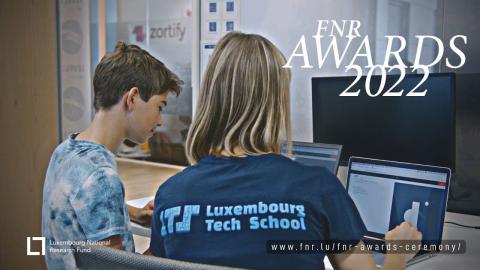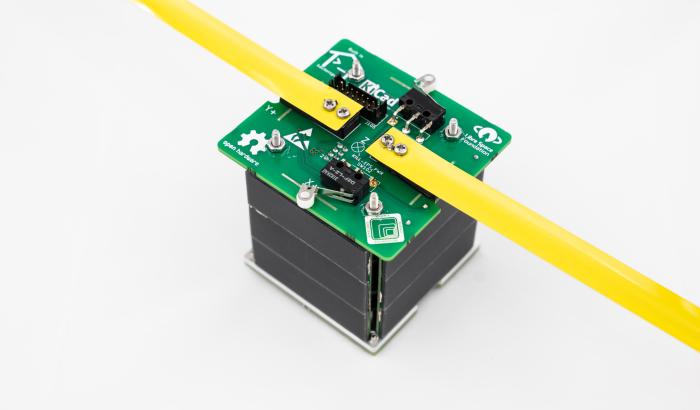
(C) LIST&/Airboxlab
Designed for private homes, Foobot uses the Internet of Things to offer advanced services via mobile devices (smartphones, tablets) enabling users to reduce their exposure to pollution.
Airboxlab, based in Luxembourg, is developing Foobot, the indoor air quality monitor. Designed for private homes, Foobot uses the Internet of Things to offer advanced services via mobile devices (smartphones, tablets) enabling users to reduce their exposure to pollution.
e-science : analysing and visualising data
To improve the performance of Foobot and enhance the information provided to users based on continuously recorded temperature, humidity, volatile organic compound and fine particle measurements, Airboxlab is calling on researchers at the Environmental Research and Innovation (ERIN) department of the Luxembourg Institute of Science and Technology (LIST).
To this end, the e-Science research unit, dedicated to the analysis and visualisation of data with a particular but not exclusive interest in environmental applications, is developing original algorithms for predictive analysis.
« Crowdsourcing » : flag periods of pollution
Initially, these algorithms will allow for a type of weather report on indoor air quality to be produced. Thereafter, Airboxlab envisages creating a Wikipedia of air quality, drawing on the input of its user community by means of crowdsourcing.
Foobot owners can flag periods of pollution, and then qualify them in order to compile a database and allow for refinement of the algorithms. LIST researchers' cutting-edge data analysis expertise proves to be crucial here in creating a service with high added value based on this inflow of information.
Extensive test campaign to improve Footbot
Targeting the international market from the outset, Airboxlab has already run an extensive test campaign in 24 countries. The first phase of collaboration with LIST, which began in April 2015, makes use of the data collected in preparation for the next version of Foobot. A long-term partnership is already planned in order to improve new generations of Foobot over time.
Auteur: LIST
Photo © LIST&/Airboxlab
Infobox
For more information on Foobot and Airboxlab, visit http://foobot.io or contact Inouk Bourgon, inouk@foobot.io or Jacques Touillon, jacques@foobot.io
For more information on LIST, visit www.list.lu or contact Benoît Otjacques, benoit.otjacques@list.lu for any additional information about the activities of the e-Science unit dedicated to the analysis and visualisation of data
For more information on the partnership between Airboxlab and LIST, contact Thomas Tamisier, thomas.tamisier@list.lu







